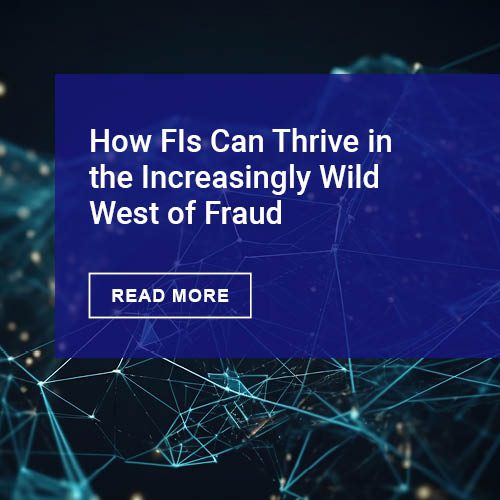Street vendors beware, Entrupy Inc., a spinoff from NYU, has a device designed to detect counterfeit clothing:
“The work, led by New York University Professor Lakshminarayanan Subramanian, will be presented on Mon., Aug. 14 at the annual KDD Conference on Knowledge Discovery and Data Mining in Halifax, Nova Scotia.
“The underlying principle of our system stems from the idea that microscopic characteristics in a genuine product or a class of products—corresponding to the same larger product line—exhibit inherent similarities that can be used to distinguish these products from their corresponding counterfeit versions,” explains Subramanian, a professor at NYU’s Courant Institute of Mathematical Sciences.
The system described in the presentation is commercialized by Entrupy Inc., an NYU startup founded by Ashlesh Sharma, a doctoral graduate from the Courant Institute, Vidyuth Srinivasan, and Subramanian.
Counterfeit goods represent a massive worldwide problem with nearly every high-valued physical object or product directly affected by this issue, the researchers note. Some reports indicate counterfeit trafficking represents 7 percent of the world’s trade today.
While other counterfeit-detection methods exist, these are invasive and run the risk of damaging the products under examination.The Entrupy method, by contrast, provides a non-intrusive solution to easily distinguish authentic versions of the product produced by the original manufacturer and fake versions of the product produced by counterfeiters.
It does so by deploying a dataset of three million images across various objects and materials such as fabrics, leather, pills, electronics, toys and shoes.
“The classification accuracy is more than 98 percent, and we show how our system works with a cellphone to verify the authenticity of everyday objects,” notes Subramanian.
A demo of the technology may be viewed here (courtesy of Entrupy Inc.).”
Based on the title of the paper “Fake vs Real Goods Problem: Mirosocopy and Machine Learning to the Rescue” the specialized camera used to scan products magnifies the materiel. Reading the article and reviewing the YouTube video it is unclear how many attributes are captured an so it is impossible to tell for instance if it would detect a counterfeit made from left over or stolen materiel from the manufacturer. How the company received 3 million images of different products is an interesting business question. Also interesting is the fact that machine learning tools don’t discriminate objects the same way humans do (as identified in Mercator’s soon to be released Report “Bringing AI Into the Enterprise; A Machine Learning Primer”), so it’s difficult to say how easily criminals might be able to fool this system. Of course this tool will enable more untrained people to detect counterfeit products which is good. No pricing information was released relative to training or detecting, so efficacy and efficiency are both in question.
Overview by Tim Sloane, VP, Payments Innovation at Mercator Advisory Group
Read the full story here











